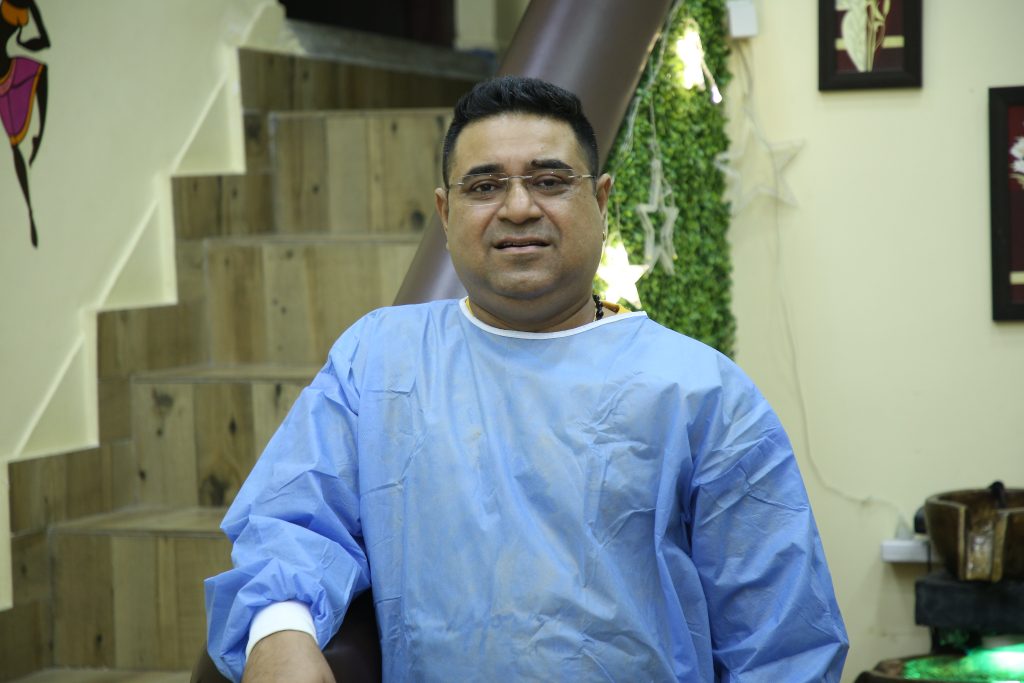A modern method of dental implants is minimally invasive dental implant placement. It is a revolutionary step forward in permanent teeth restoration. There are patients who are either missing teeth or are not satisfied with their ill-fitting dentures. Such patients can have precisely filling esthetic implants in two to three sitting without excessive cutting, bleeding and post-operative pain. This technique of minimal invasive surgery harnesses the latest developments in three-dimensional imaging softwares and LASERs.
Minimally invasive dental implant placement aims to conserve healthy tooth structure. And focuses on prevention, re-mineralization, and minimal dentist intervention. Using scientific advances like 3D digital imaging, minimally invasive dentistry allows dentists to perform the least amount of dentistry needed while never removing more of the tooth structure than is required to restore teeth to their normal condition.
Such advanced imaging techniques the dentist cab have a 3D image of the patients jaw so that we get an accurate picture of the bone and teeth. As a result the dentist can we can place the implants in the ideal location.
Dental LASERs are also used to simplfy the surgical processes. For surgical procedures, lasers can be used as a cutting instrument or to vaporize tissue. They can even be used for polymerizing (hardening) fillings — strengthening the bond between filling and tooth. They are often noiseless and painless, which is always appreciated by patients, especially anxious ones. The patient has minimal fear and less discomfort during the operation and minimal (if any) post-operative swelling or pain. The use of dental lasers improve patient acceptance and perception
